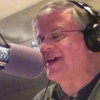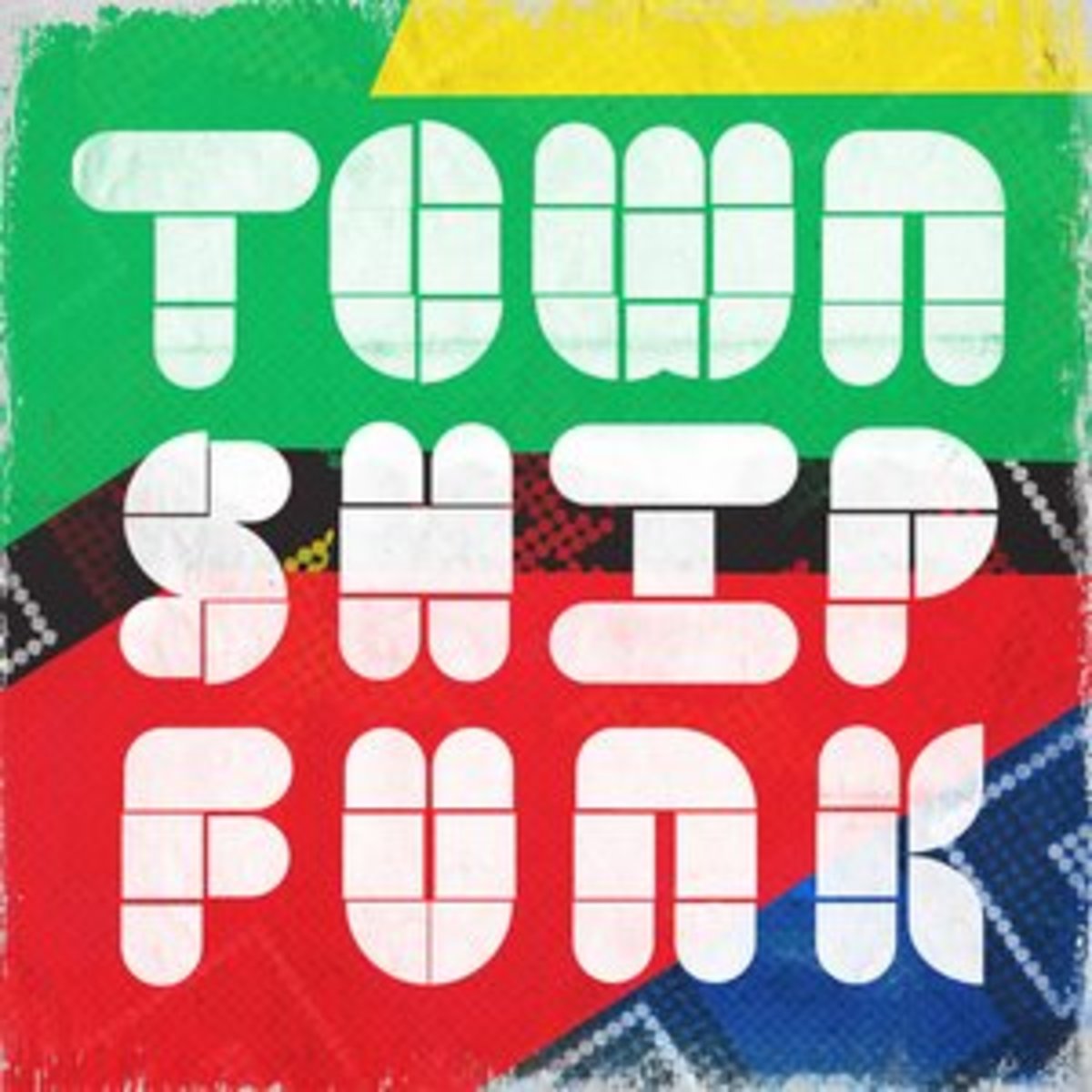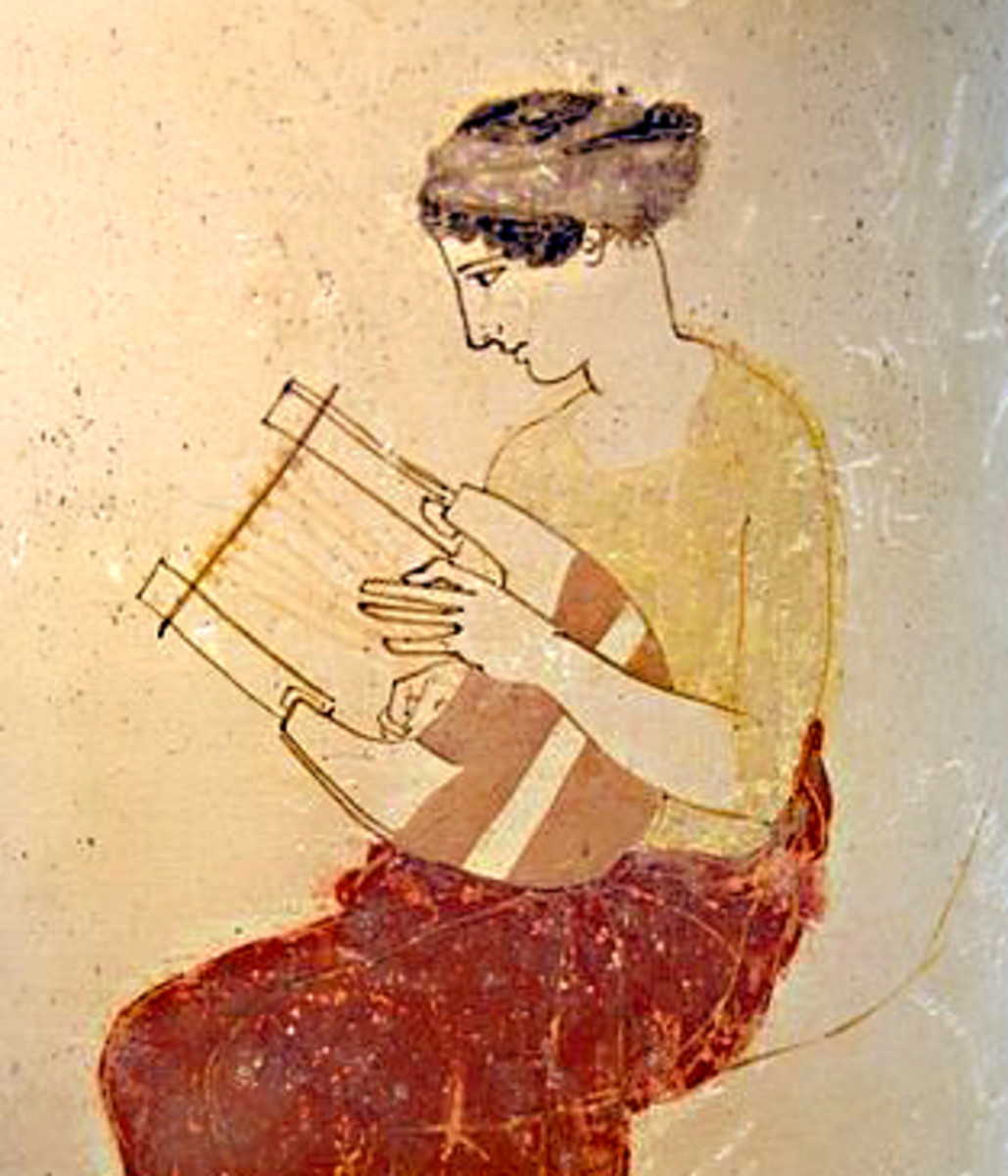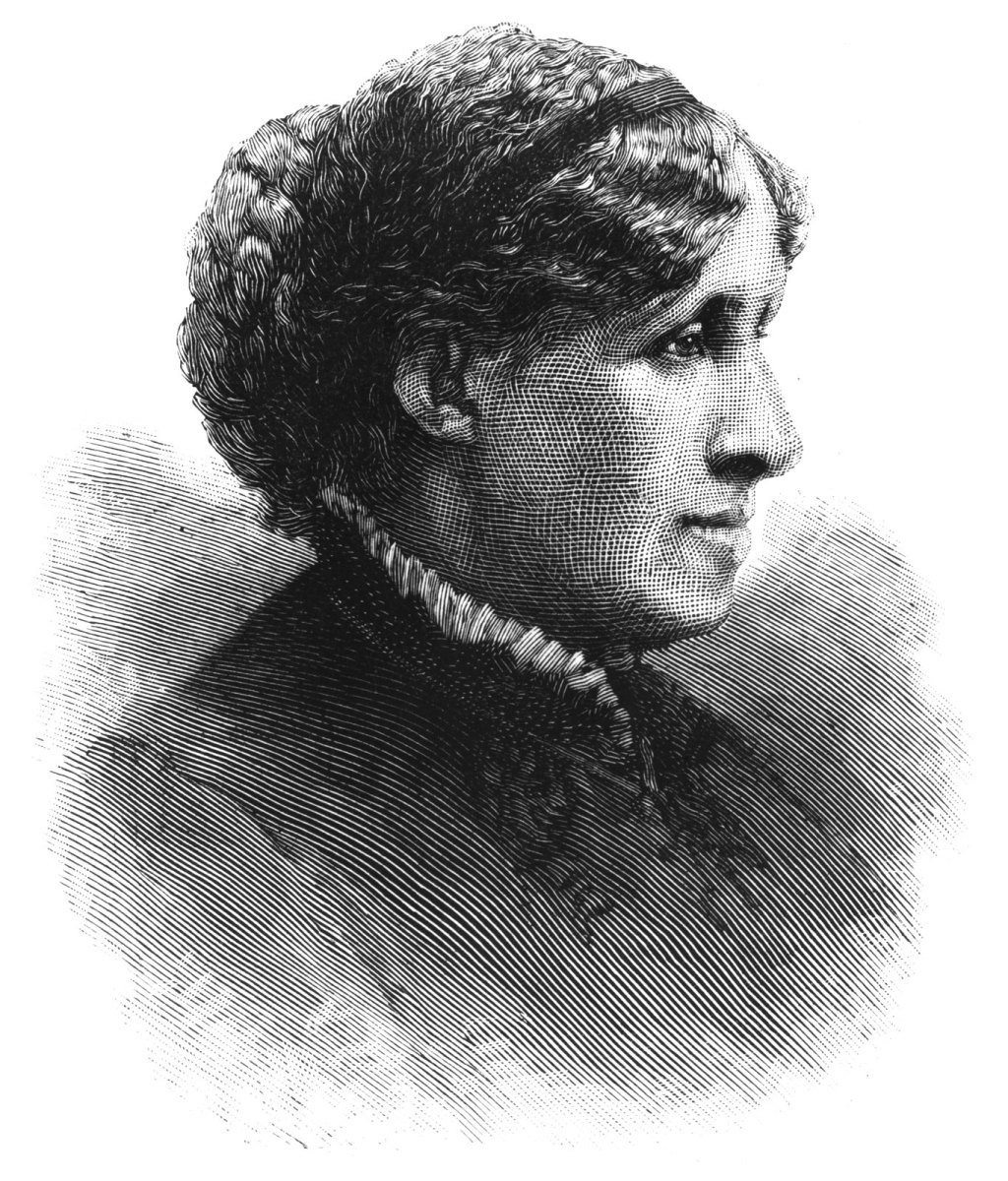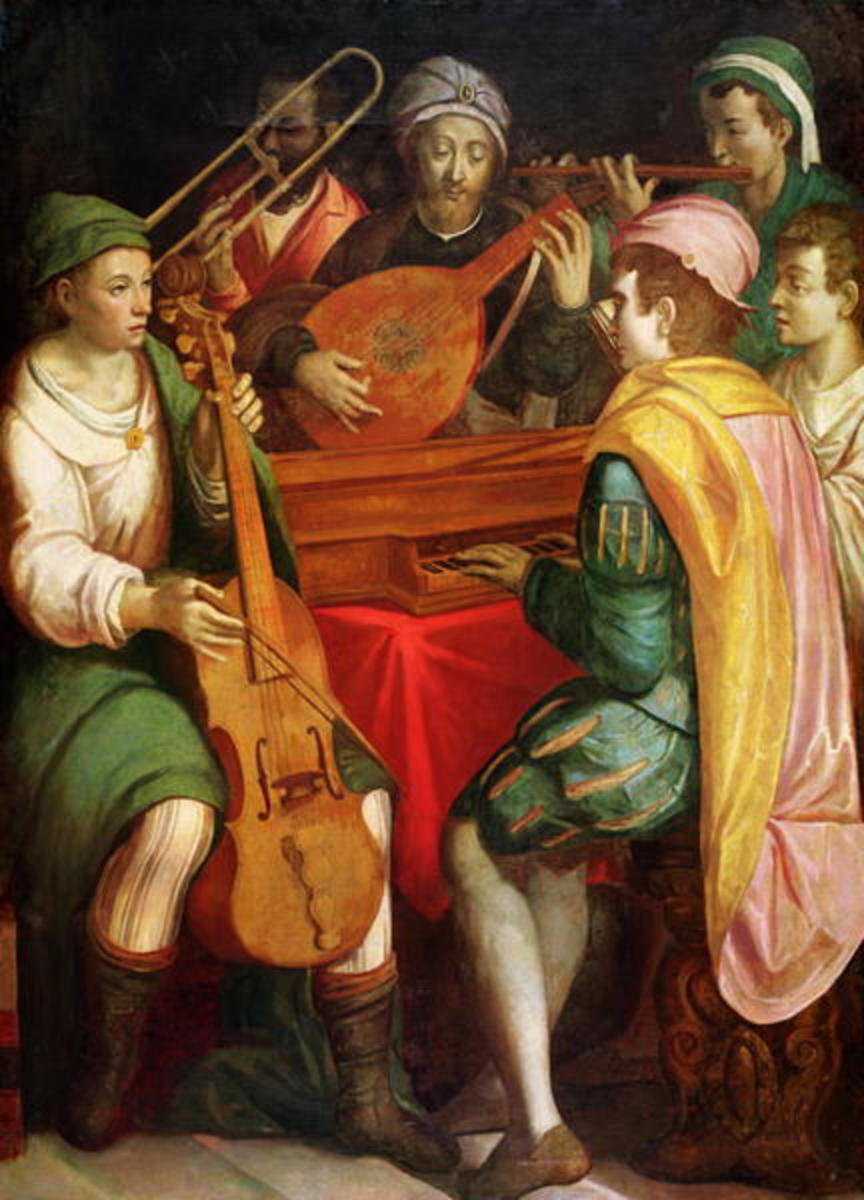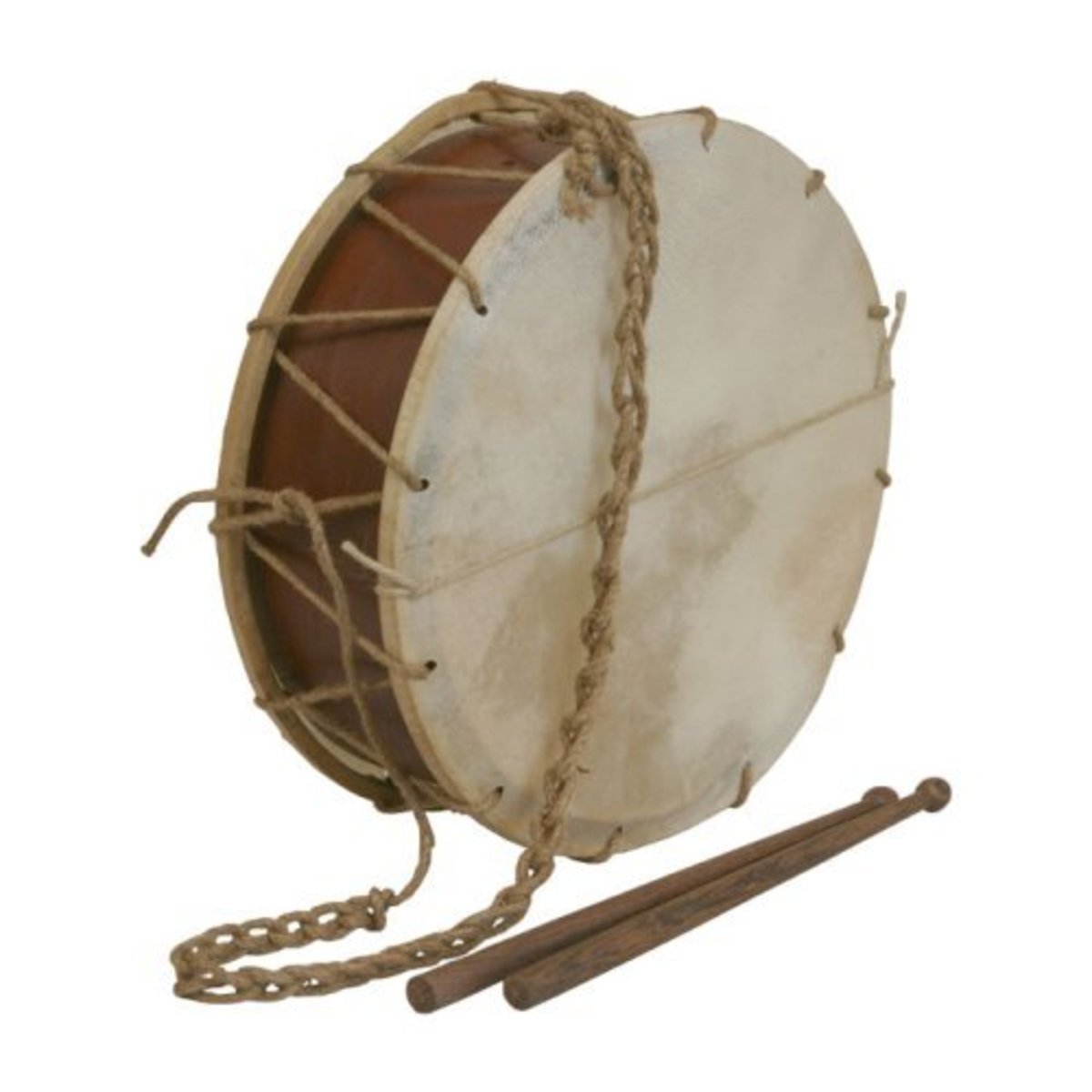Origins of POPULAR music, part 1
A new musical genre begins
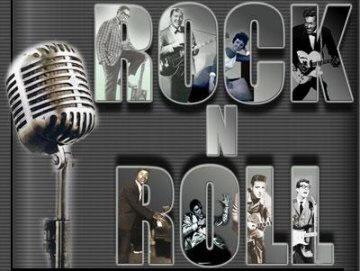
Music's "watershed" years of change: 1955 & 1964
Once rock'n'roll exploded onto the American music and cultural scene in the mid 1950s, the scene was set for a variety of musical movements to take root and begin growing in the 1960s.
IMPORTANT: when people refer to "music of the 1950s" or "music of the 1960s", that's not clear enough. You need to know if they mean music from the "early 50s", "late 50s", "early 60s" or "mid-to-late 60s".
Here's why? Because something happened within each decade to change the music dramatically and permanently.
BOTH the 50s and the 60s each had their own watershed year where the entire musical and cultural landscape change extremly and dramatically.
In the 1950s, it was 1955. Music changed.
In the 1960s, it was 1964 when music changed again.
Although there have been many important years in music history since then, all music experts agree that no years since have had so large an effect on musical tastes and direction as 1955 and 1964.
If you claim to be any kind of musical fan at all, it's essential you know what happened to music in those years. Let's cover each year very briefly. The details, you can study on your own. My job is just to get you interested!
Rock'n'roll's first #1 hit: "Rock Around the Clock" by Bill Haley & The (Summer, 1955)
The first big hit from Elvis "Heartbreak Hotel" (1956)
30 rock songs in 8 minutes, all from the 1950s
What happened to music in 1955?
In the 1950s, that year was 1955 when rock'n'roll began, specifically by the debut of the movie "Blackboard Jungle", which contained the first breakthrough rock'n'roll #1 hit, "Rock Around The Clock" by Bill Haley & the Comets. That same year, Elvis Presley began having success with a number of songs, but not gigantic hits.
However, in January of the next year, 1956, Elvis exploded as a major star with top songs that continued to define the rock'n'roll genre.
In 1956, Elvis Presley's hits defined that year. His biggest hits reached the top of the pop charts in this order: "Heartbreak Hotel" (April 1956), "I Want You, I Need You, I Love You" (July 1956), and then, the very first 2-sided hit by any artist, "Don't Be Cruel" and "Hound Dog" (August 1956), and his first ballad to top the charts "Love Me Tender" (November 1956).
What a year 1956 was for Elvis, for popular music, and for American culture, too.
Not since Frank Sinatra in the 1940s had any artist so dominated the music scene.
The very next year, 1957, Elvis continued rack up even more #1 songs, with his hits in February, April, July, and October ("Too Much", "All Shook Up", "Teddy Bear", and "Jailhouse Rock", respectively).
Meanwhile, from 1955 forward, all the record labels were trying to compete with the Elvis phenomenon and in the rock'n'roll genre. The music charts were filled with both failed and successful attempts at other rock'n'roll artists as well. This genre was here to stay, a proven success, and would eventually spawn other musical genres in the 60s, 70s, 80s and 90s.
To get a quick sample of the early artists and sounds of the dawn of the rock'n'roll era, click the link to the "30 rock songs in 8 minutes" link on this page. You'll see and hear some of the top artists from that early period.
But, just as the popular music of the 1950's changed dramatically with the dawn of rock'n'roll in 1955, popular music in the 1960s changed the landscape again in 1964.
What happened to music in 1964?
As this series of popular music history continues, you'll find out what happened in 1964 to change the musical landscape of that decade. That will be in next week's chapter.
Assignment #6 homework: Early rock artists
Select three hit songs from the early days of rock'n'roll music (1955-1962) and read the biography of that artist on Wikipedia.com or a similar site. Don't send me their bio, just read it to learn about that artist.
BIOS from typical artists of that era (click any name to read their Wikipedia bio):
Elvis Presley, Chuck Berry, Jerry Lee Lewis, Ray Charles, Everly Brothers, Roy Orbison, Fats Domino, Bill Haley & the Comets, Dion & the Belmonts. There are many more, from which you may want to choose from as well.
Also, read this article on The origins of Rock & Roll which provides even more background.
Send me the names of those 3 songs (and the artist of each), and explain in your own words why you think that particular artist or song was so popular. Just do a brief paragraph on each song. Please don't just re-hash their bio, just tell me what you've learned about that artist after reading their bio and hearing some of their songs. If you don't have any music from artists from that period (from a friend or relative), let me know and I'll send you a few links.
If you have a link to the song or artist you've chosen, include it in your email. If not, just tell me the name of the song & artist. If it was a hit song, I'll already be familiar with it so I don't need to hear or see it. :)
That's it. Assignment due next Monday at the end of the day.
